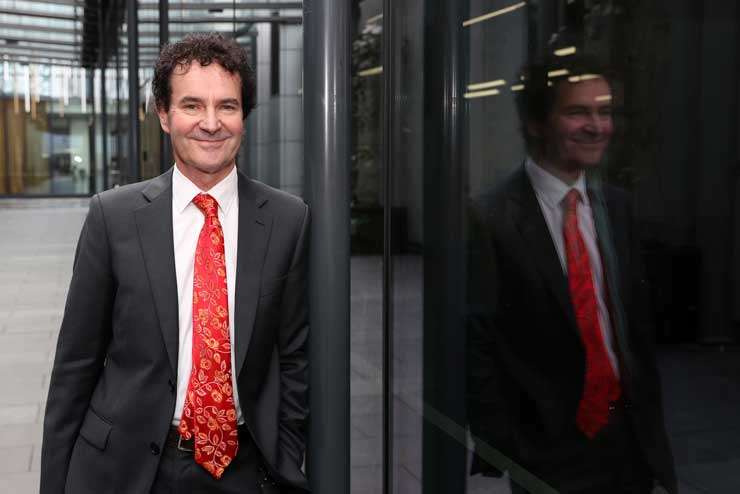ANALYSIS: There is a very good chance that the current round of near 0.5% increases in fixed mortgage rates will be the last for this cycle – though there is always a chance that banks will move to boost their margins again. It goes like this.
When banks lend at a fixed rate for one year they borrow in the wholesale markets at a fixed rate also for one year. We call that the swap rate. Just before the mid-October inflation number came in higher than expected the one year swap rate was about 4.8%. After the high 7.2% inflation rate was revealed this interest rate rose to just over 5.2% and banks responded by raising all their fixed rates about 0.5%. No problem there.
The next big thing to happen was better than expected inflation numbers in the United States, which caused our one year swap rate to fall back towards 5%. Banks left their lending rates unchanged. After that we got the November 23 record 0.75 percentage point increase in the Reserve Bank’s official cash rate and predictions of a 5.5% peak with recession next year.
You would think with strong inflation-worrying words from the Reserve Bank that wholesale interest rates would jump a lot higher. Briefly the one year swap rate rose to 5.3%, but it now sits at 5.2% following the very weak business sentiment and spending intentions revealed in the ANZ’s monthly survey, falling dwelling consent numbers, heightened consumer pessimism and further decreases in some interest rates in the United States.
Start your property search
This 5.2% rate is right back where it was just after the high inflation number in October. What have banks done? They have raised their fixed mortgage rates by another 0.5% or so – despite the absence of an actual increase in their fixed lending costs. In fact, it’s worse than that.
They have lifted the likes of their three-year fixed rates also about 0.5%. But the three year swap rate is currently near 4.75%. This is exactly where it was before the inflation outcome and before the monetary policy tightening.
Are borrowers being ripped off by the banks? Borrowers always think that, and I could stop writing here and just let the indignation and political calls for an enquiry roll through. It might be fun to watch, but it wouldn’t quite reflect the truth of the situation.

Independent economics speaker Tony Alexander: “As things stand the markets have almost fully priced into swap rates the predicted 5.5% cash rate peak.” Photo / Fiona Goodall
Banks have been running fixed rate lending margins at well below average levels since the start of this year. There was always going to come a period when they would look to get those margins back to more sustainable levels and they have taken advantage of the fog of confusion surrounding the inflation and monetary policy events to do exactly that.
The margins they are earning now are fairly much back at average levels. As things stand the markets have almost fully priced into swap rates the predicted 5.5% cash rate peak. That means we’ll only get more increases in fixed rates if the inflation outlook worsens and the Reserve Bank’s cash rate looks like having to go higher than their predicted April peak of 5.5%, or they simply decide to make more profits.
Hence, all going well (as in weakening economic data) from here on the only mortgage rates likely to be increasing are floating ones which are closely tied to the current level of the official cash rate. If that rate rises from the current 4.25% to 5.5% then the 10% or so of borrowers on floating rates best allow for another 1.25% increase in the near 8% rate they are currently paying.
For the other 90% of people on fixed rates, once you’ve done your next rollover you can probably say that this is as bad as it is going to get this cycle.
- Tony Alexander is an independent economics commentator. Additional commentary from him can be found at www.tonyalexander.nz
















































































